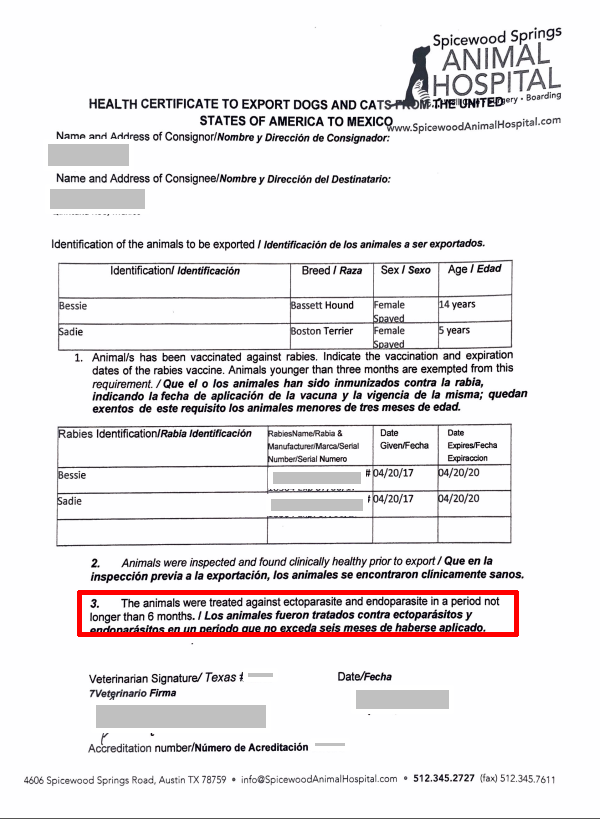


It protects against other genotypes of phylogroup I although VNA titers, which are needed for reliable protection against these viruses that are genetically less related to the vaccine than rabies lyssavirus, have not yet been established. The vaccine offers outstanding protection against rabies lyssavirus, which is the most common cause of human rabies. Rabies vaccines are based on rabies lyssavirus, a phylogroup I, genotype 1 virus.

Lyssaviruses, which can all cause human rabies, are divided into 3 phylogroups, which are further divided into several genotypes. As a rule, VNA titers of 0.5 international units (IU) are considered to be protective, but this value should be viewed with caution.

Numerous studies have shown that protection against rabies virus infection is mediated by virus neutralizing antibodies (VNAs) against the viral glycoprotein that is expressed as trimers on the surface of the virion. This was demonstrated in Peru, a country that upon experiencing several human rabies outbreaks caused by vampire bats in Amazonia, implemented PrEP and thereby stopped further human deaths due to rabies. Routine rabies PrEP would be especially useful for children living in remote areas with limited access to health care. Alternatively, new human vaccines could be developed that achieve protective immunity after a single immunization, reduce the need for RIG if given after severe exposure and/or are cost effective if used for pre-exposure prophylaxis (PrEP) in highly endemic areas. Stray dogs are common in Asia and Africa and their vaccination requires either baiting by oral vaccines or parental vaccination upon capture of free-roaming dogs, which is time- and labor-intensive. Mandatory dog rabies vaccination has virtually eliminated human rabies in Europe and most of the Americas. Dogs are responsible for over 99% of human rabies cases. How can we reduce the death toll of human rabies? One option is to decrease rabies in the species that most commonly transmits the virus. RIG is even more expensive and in short supply. Rabies vaccines are costly and have to be given several times, which becomes very burdensome for those living in remote areas. Socioeconomic factors lead to lack of appropriate vaccination of rabies-exposed humans. The vaccine is safe and efficacious but underused especially in developing countries. In most cases the vaccines are given after exposure to a suspected rabid animal, and depending on the severity of the exposure, PEP must be combined with a rabies immunoglobulin (RIG) preparation of human or equine origin that is infiltrated into the wound. Rabies vaccines can be given preventatively to humans at high risk for exposure to the virus. They are based on fowl embryo- or tissue culture-grown inactivated virus. Unless the wound is promptly cleaned, and post-exposure prophylaxis (PEP) is administered, the human victim may develop an encephalitis that is nearly always fatal. In most cases, the virus is transmitted through bites or licks by an infected dog. Most deaths occur in less developed countries in Asia and Africa, and disproportionally affect children below the age of 15. Rabies continues to claim upwards of 55,00 human lives each year. This chapter discusses novel rabies vaccines that are in late stage pre-clinical testing or have undergone clinical testing and their potential for replacing current vaccines. With the multiple dose regimens of current vaccines, pre-exposure vaccination is not cost effective for most countries and this warrants the development of new rabies vaccines, which are as safe as current vaccines, but achieve protective immunity after a single dose, and most importantly, are less costly. Alternatively, or in addition, more widespread pre-exposure vaccination, especially in highly endemic remote areas, could be implemented. Animal vaccination programs are also not suited to control human rabies caused by bat transmission, which is common in some Central American countries. Dog rabies control by mass canine vaccination campaigns combined with intensive surveillance programs has led to a decline of human rabies in many countries but has been unsuccessful in others. Most cases of human rabies are transmitted by dogs. In most cases, rabies vaccines are given to humans after their exposure to a rabid animal pre-exposure vaccination is largely reserved for humans at high risk for contacts with the virus. Although vaccines are available, rabies still claims more than 55,000 human lives each year.


 0 kommentar(er)
0 kommentar(er)
